The strawberry tree (Arbutus unedo) is a shrub that bears delicate, fragrant flowers and brightly colored fruits that are not strawberries, but bland-tasting, round fruits. The oblong leaves are shiny and dark, 2 to 4 inches long. The tree produces bell-shaped white or pink flowers that grow in clusters and mature along with the fruit in the fall. Tying all of this together is the attractive multicolored bark and twisting branches that make this a lovely ornamental tree and when left as a shrub, can mature into a lush, dense dome shape. Plant new trees in the fall and expect a slow to moderate growth rate for this shrub. Description from The Spruce
Home > Plant Guide >
Scientific Name
Family
Garden Type
Wildlife
Native Plant Region
Light needs
Water Needs
Plant Type
Bloom Color(s)
Height
Width
Months in Bloom
Safe Beneath Power Lines?
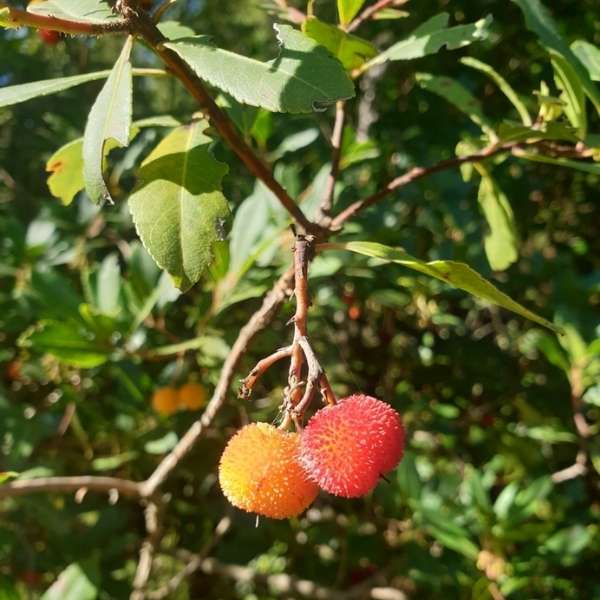
We’d like to maintain accurate and robust plant listings. If you see information that is not correct or that could be added to improve the listing, please let us know. Or if you’d like to suggest a plant to add to our plant guide, you can use this form do so. Thank you!
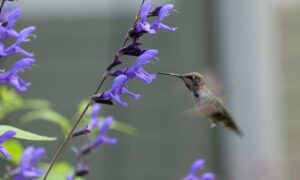
Protecting the trees and other vegetation that what we currently have is perhaps the most important way to ensure biodiversity in cities.
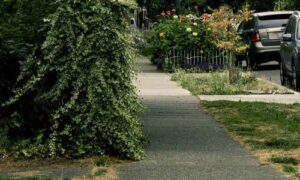
Start a garden in a planting strip along the street. Explore our interactive corridor map, find what to grow, and start nurturing today.
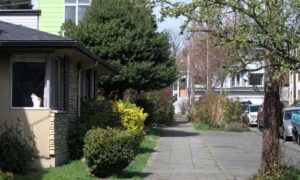
Do you wonder how a cat can be happy indoors? This presentation will give you a better understanding of cat behavior and the confidence that an indoor cat can be a happy cat.
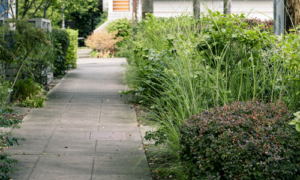
Do you want to plant a tree, create butterfly habitat, or start a vegetable garden but don’t have a yard? Learn how planting strips are a great place to start your own garden!
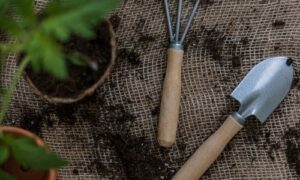
New types of vegetation can attract additional wildlife to an area. You might be surprised how a little green can go a long way!
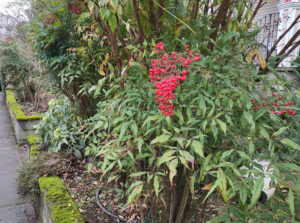
Some introduced plant species can diminish biodiversity. Other plants produce poisons that can harm wildlife. Learn what plants to avoid when figuring out what to plant or remove in your outdoor space.
Nature of Your Neighborhood is a collaboration between Birds Connect Seattle, the Capitol Hill EcoDistrict, and the Seattle Bird Conservation Partnership. Our goal is to foster relationships between the people and the nature of their neighborhoods.